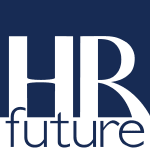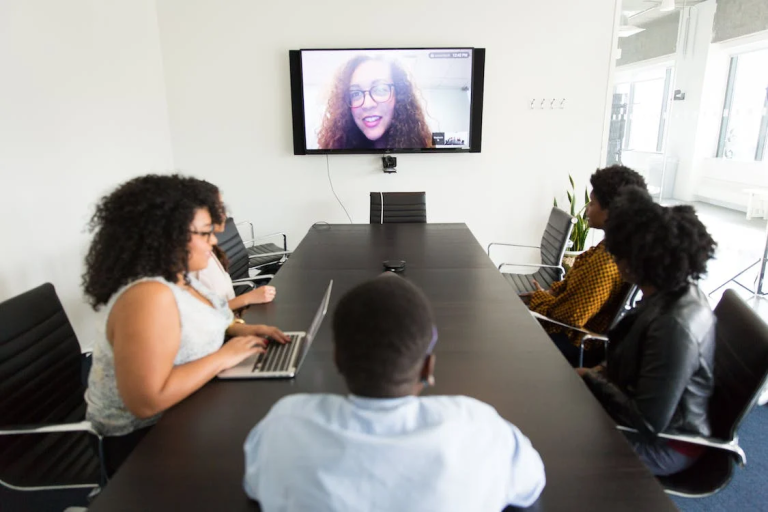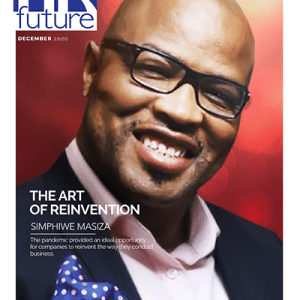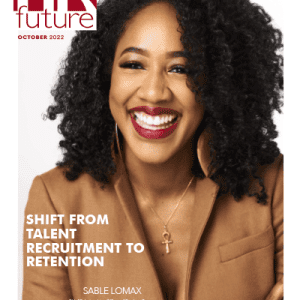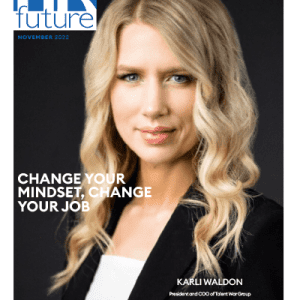HR leaders are critical in ensuring their organizations grow sustainably while maintaining workforce stability. The challenge lies in striking the right balance. Rapid expansion can create skill gaps and retention challenges, while excessive caution may slow innovation and hinder competitiveness. Successfully managing this balance requires a strategic approach to workforce planning, onboarding, leadership development, and employee engagement.
This article explores key strategies HR professionals can implement to create a resilient workforce.
The Challenge of Workforce Planning
Balancing workforce expansion with stability is a complex task. HR professionals must account for shifting skill demands, evolving market conditions, and economic uncertainty. Workforce planning missteps, such as underestimating future skill shortages or failing to adapt to industry disruptions, can lead to inefficiencies and increased turnover.
Several key factors complicate long-term workforce planning:
- Technological shifts: Rapid advancements require businesses to upskill employees to meet evolving industry needs continuously.
- Changing employee expectations: Workers prioritize flexibility, career development, and work-life balance, demanding that organizations adjust their workforce strategies accordingly.
- Economic uncertainty: Fluctuating market conditions impact hiring decisions, requiring businesses to maintain agility in workforce planning.
- Aging workforce: The retirement of experienced professionals creates skill gaps, emphasizing the need for knowledge transfer and succession planning.
- Evolving skill sets: New job roles emerge while traditional ones become obsolete, necessitating continuous learning and adaptation.
Strategic workforce planning involves data-driven decision-making, scenario analysis, and continuous evaluation of talent pipelines. HR professionals must collaborate closely with leadership teams to align workforce planning initiatives with long-term business objectives, ensuring that hiring and development strategies support immediate needs and future growth. Organizations anticipating and proactively addressing workforce challenges will build resilient, adaptable teams that thrive in a rapidly changing business landscape.
Onboarding as a Foundation for Long-Term Stability
A strong onboarding experience sets the tone for employee engagement and retention. New hires may struggle to integrate into the company culture without an effective onboarding process, leading to early disengagement and turnover.
HR leaders can foster long-term employee commitment by ensuring new employees feel welcomed and valued. Personalized onboarding experiences, mentorship programs, and clear expectations contribute to a smooth transition into the organization. Thoughtful onboarding strategies, such as incorporating welcome gifts to enhance the employee experience, can make a lasting impact. These gestures reinforce a culture of appreciation and belonging, helping employees feel connected and motivated.
Additionally, structured onboarding programs should extend beyond the first week or month. Regular check-ins, training opportunities, and feedback loops ensure new hires continue to feel supported as they settle into their roles. A well-executed onboarding process reduces turnover rates and strengthens the foundation for a stable workforce.
Finally, mentorship programs provide new employees with valuable guidance and support during their organizational transition. Assigning mentors helps new hires navigate company culture, understand performance expectations, and develop strong professional relationships. This approach fosters engagement and long-term retention by providing employees with a sense of direction and connection.
Companies that invest in mentorship initiatives as part of their onboarding process often experience higher job satisfaction rates and improved workplace morale. Encouraging knowledge-sharing between experienced and new hires creates a collaborative environment that benefits individuals and the organization.
Strategic Workforce Management for Sustainable Growth
Aligning workforce strategies with business goals is essential for long-term stability and growth. HR leaders must implement proactive planning and development strategies to ensure workforce adaptability. Effective workforce management includes leadership development, succession planning, and skill enhancement through software that can assist with shift scheduling, time tracking, and more. Organizations that prioritize these areas position themselves for sustainability while mitigating risks associated with talent shortages.
A few of the key strategies may include:
- Continuous learning: Providing employees with training, workshops, and certifications enhances skill development and workforce adaptability.
- Data-driven workforce planning: Using analytics to forecast skill needs and align hiring efforts with long-term business objectives.
- Encouraging a learning culture: Fostering an environment that values growth and adaptability enhances innovation and employee engagement.
By implementing these strategies, businesses can build resilient teams capable of adapting to industry shifts. HR professionals must collaborate with leadership teams to integrate workforce management strategies that support immediate needs and long-term success.
Employee Engagement: The Key To Retention and Stability
Few things are as important as employee engagement for keeping employees on board. When employees don’t engage, they aren’t interested, leading to higher turnover rates, lower productivity, and decreased morale. HR leaders must implement engagement strategies that foster a sense of purpose and commitment among employees.
Building a strong workplace culture requires ongoing efforts to create meaningful connections between employees and the organization. Introduce initiatives like career development opportunities, recognition programs, and open communication channels to create a more lively, communal atmosphere. Providing employees with clear pathways for growth and development reinforces their commitment to the company.
HR professionals can implement proven employee engagement techniques that enhance job satisfaction and reduce turnover. These strategies include personalized recognition, regular feedback, and inclusive workplace practices that ensure employees feel valued and heard.
Furthermore, a healthy work-life balance makes employees feel valued. Flexible work arrangements, wellness programs, and mental health resources support employees through the stresses of a fast-paced work environment while keeping them loyal. Encouraging a balance between professional responsibilities and personal well-being leads to increased job satisfaction and productivity.
HR teams should work closely with leadership to develop policies that support work-life balance. Implementing remote work options, offering generous paid leave, and promoting workplace wellness initiatives contribute to a more engaged and committed workforce. These efforts demonstrate an organization’s investment in its employees’ well-being, fostering long-term stability.
Conclusion
Balancing workforce growth with long-term stability requires a strategic approach integrating proactive workforce planning, effective onboarding, strong leadership development, and meaningful employee engagement. HR professionals must anticipate workforce challenges, align hiring strategies with business objectives, and cultivate a culture of support and recognition.
Organizations can create a resilient and committed workforce by implementing thoughtful onboarding experiences, fostering leadership development, and prioritizing employee engagement. Future-proofing the workforce is not about avoiding change but about preparing for it with strategic foresight and a commitment to building a thriving workplace environment.
Guest writer
